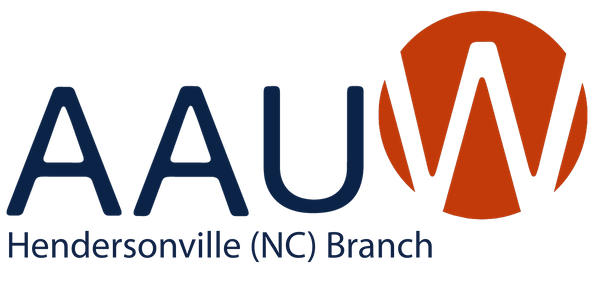AAUW National has identified 3 Primary Issue Areas
1. Education and Training
As soon as girls start school, they encounter attitudes and expectations about what they ‘should’ and ‘shouldn’t’ do. This continues throughout their schooling, steering them toward certain career paths and away from others.
2. Economic Security (Workplace & Economic Equity)
When women get equal pay — and equal opportunity — they, their families and all of society will thrive. To get there, we need to embrace diversity, equity and inclusion.
3. Leadership
The pipeline is filled with qualified women ready to move into top slots. Yet it isn’t happening: Barriers, biases and an outdated workplace model present challenges to women eager to get ahead.
Below are some excerpts from the AAUW National website with additional details about these priority issue areas. Scan these descriptions to gain some insight into the focus of AAUW interests, research and actions.
Education
-
-
- Gender Bias in Schools: Attitudes and expectations about how girls and boys perform academically — and behave socially — push children toward certain pathways. It’s time to open all roads to everyone, regardless of gender.
- The STEM Gap: When it comes to ‘innate’ abilities, there’s zero evidence to support the notion that boys are better at math and science. Yet these limiting stereotypes persist.
- Sexual Misconduct in Schools: Harassment, assault and even violence stand in the way of girls’ and women’s access to an equal education. We need to do more to make it stop!
- Title IX: This groundbreaking law ushered in an era of enormous progress for girls and women. But more work is needed to achieve its full promise.
- Higher Education & Other Career Pathways: Education has long been viewed as the pathway to economic success. But while women have made great strides in advancing their educations in recent decades, they have not been as quick to reap the economic benefits of their college, graduate and professional degrees.
- Women & Student Debt: Women tend to borrow more for their education — and struggle more to pay it off — in part because of the gender pay gap.
-
Workplace & Economic Equity
-
-
- The Gender Pay Gap: No matter how you analyze it, the gender pay gap is real, persistent and harmful to women’s financial well-being.
- The Gendered Workforce: Women remain disproportionally represented in low-wage jobs, while men dominate the highest-paying fields.
- Workplace Sexual Harassment: Women are raising their voices about unwanted and unacceptable behavior that creates yet another barrier to their success. Let’s make sure those voices are heard!
- The Motherhood Penalty: Because of old workplace paradigms, becoming a mother can take a toll on a woman’s earnings and jeopardize her family’s economic security.
- Women & Retirement: A lifelong pay gap culminates in the fact that women have significantly less income than men during their retirement years, a time when they are particularly vulnerable.
- The Future of Work: Jobs of the future are changing rapidly — creating new opportunities and obstacles. We need to change policies and practices so women can thrive in the next generation workforce.
-
Leadership
-
-
- Barriers & Bias: There is no shortage of qualified women to fill leadership roles: Women make up almost half of the U.S. labor force. They outnumber men in earning bachelor’s and master’s degrees and are nearly on par in getting medical and legal degrees. Yet from corporate boardrooms to Congress, from health-care companies to the courts, from non-profit organizations to universities, men are far more likely than women to rise to the highest paying and most prestigious leadership roles.
- Broken Ladders: Women are underrepresented in leadership positions across all sectors of the economy and American society, not just in businesses and politics.
- Implicit Bias Test: Are you biased against women leaders? Take this test to learn the surprising truth. Most people have unconscious biases that have been shaped by the world around us. Uncovering the biases is an important step to eliminating them. This interactive quiz* — created by AAUW, Project Implicit and Harvard University — will help you identify your implicit biases about women in leadership roles.
-
Take the test! Project Implicit ![]() *Desktop or laptop computer required. Not compatible on mobile or tablet devices.
*Desktop or laptop computer required. Not compatible on mobile or tablet devices.
AAUW is dedicated to researching these issue area topics and generating reports of their findings. You are encouraged to read and learn more. https://www.aauw.org/research/ and https://www.aauw.org/research/#reports
